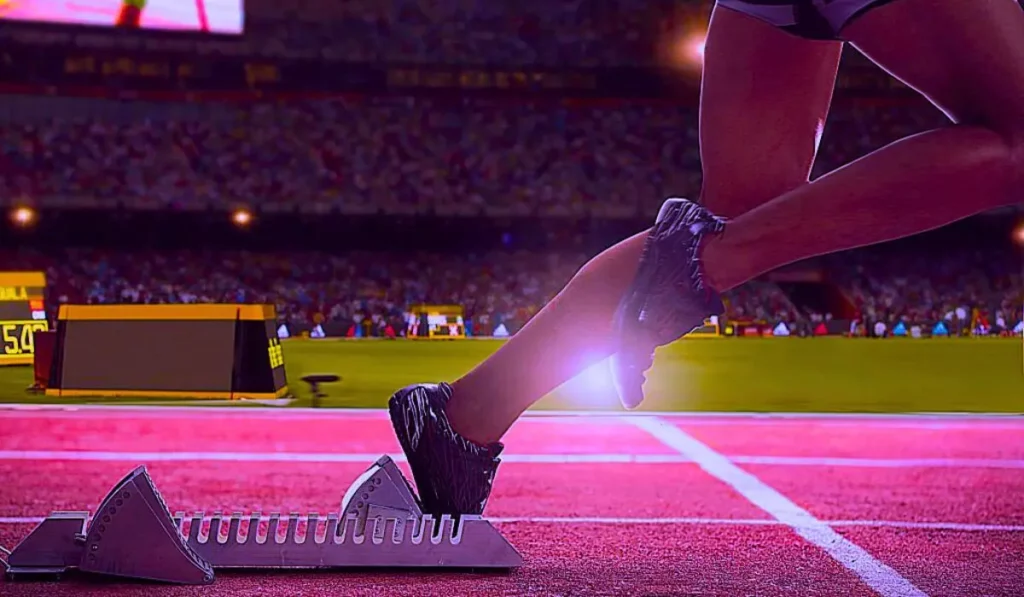Are there any foot injuries or pain among athletes? Your shoes may be the issue.
Athletes challenge both their physical and mental limits. Athletes require the right gear, including athletic footwear, to perform at their best and maintain their health, given the intensive nature of sports.
Athletes must wear the appropriate footwear because it offers the necessary comfort, support, and protection for their particular sports. By supporting the arch properly, decreasing shock and impact, and stabilizing the foot and ankle, appropriate footwear helps avoid injuries.
By supplying stability, grip, and traction as well as enabling effective movement, it also aids in improving performance. Choosing the right shoes is crucial for healing and rehabilitation after an injury.
You’ll discover the value of appropriate athletic footwear in this article for preventing and treating common foot issues. We look at seven sports and how athletic shoes are used:
What Types Of Foot Injuries Occur Most Frequently Among Athletes?
Due to the physical demands of their sport and the way their feet are used, athletes are more likely to suffer from different kinds of foot problems. Among athletics, the following are some of the most typical foot injuries:

Sprains are wounds to the ligaments, the tissue bands that link the bones. Sprains in the foot and ankle can result from a swift turn or twist. Your risk of sprains can be decreased by wearing athletic shoes that are designed for the playing surface used in your sport and offer appropriate ankle support.
Small bone fissures, known as stress fractures, frequently affect runners and other athletes who participate in high-impact sports because of repetitive stress on the feet. It will assist in wearing athletic shoes with shock-absorbing padding.
Pain and inflammation at the bottom of the foot are symptoms of plantar fasciitis. Plantar fasciitis is brought on by overuse of the plantar fascia, a thick band of tissues on the bottom of the foot. For the prevention and treatment of plantar fasciitis, stable footwear, and footwear with supportive arches are essential.
Tendonitis is an inflammation of the tendons, the tissues that attach muscles to bones. Foot and ankle tendinitis is caused by overuse or repetitive actions.
Small sacs filled with fluid known as blisters develop on the feet as a result of pressure or friction. They are common among athletes who participate in any running-based sport. Blisters are frequently brought on by uncomfortable footwear.
Wearing the appropriate footwear is an ideal place to start when trying to avoid the above injuries.
Are sports shoes worth it, you might wonder? Yes, to answer briefly. The long (also yes) is below.
Athletic shoes come in as many varieties as there are sports. Shoes may adapt to the various movements required by each sport.
Each sport has unique requirements in terms of intensity, surface, and movements. The requirements of a sport all affect the composition of appropriate footwear. The unique needs of your feet are then addressed, including foot type, arch, cushioning, fit, and durability.
No matter their sport, all athletes should try on a variety of pairs of shoes to see which one best suits their needs in terms of fit, support, and comfort.
For the support and shock absorption essential for sports activities, athletic shoes should be replaced every 300 to 500 kilometers or every three to six months, whichever comes first.
The longevity of sports shoes is influenced by a number of variables, including the sport you play, the terrain you play on, your weight, the way you land on your feet, and your running mechanics.
It’s crucial to remember that the number of miles an athletic shoe travels determines how long it will last. Athletic shoes with worn-out bottoms, holes in the top, or less cushioning and support may need to be replaced.
To avoid bacteria and odor buildup, it is advised to store your athletic shoes somewhere where they can thoroughly dry out in between uses.
Read More : Midfoot Sprain: Symptoms And Treatment Explained
Conclusion
It’s extremely important to remember that there are shoes made for almost any sport, including cycling, skiing, ballet, hockey, golf, and ice skating. Even if you are not an athlete, wearing the right shoes is still important for your general health because they protect you, aid in maintaining your balance and posture, and help prevent falls.
When you walk or run, your stride weighs 1.5 times your body weight if you’re walking and 7.9 times your body weight if you’re running. A good pair of shoes or trainers can help lessen this impact. It is advised to seek the advice of a specialist when selecting sports footwear so they can guide you towards the finest option for your requirements.